Ultrahuman Home is a small device that tracks indoor air quality, temperature, humidity, light and noise levels to help you improve your living environment and long-term health.
Kathy and I began taking steps to improve the air quality in our home several years ago, after an air quality assessment revealed elevated levels of small particles (in the 2.5-micron range and below) that can cause respiratory issues over time.
As a result, we installed a bipolar ionization device from HypoAir, and later, a commercial-grade air scrubber (the Jaspr air purifier). Together, these two devices dramatically reduced the amount of fine particles in our home.
Since then, we haven’t given our indoor air quality much thought. But a few weeks ago, I was offered the opportunity to test the new Ultrahuman Home to assess the effectiveness of our air quality solutions.
To be honest, I didn’t think Ultrahuman Home would reveal any new information related to our indoor air quality, considering all the mitigations we had implemented in the past. But to my surprise, I discovered the dramatic impact that something as simple as cooking can have on the air inside our home.
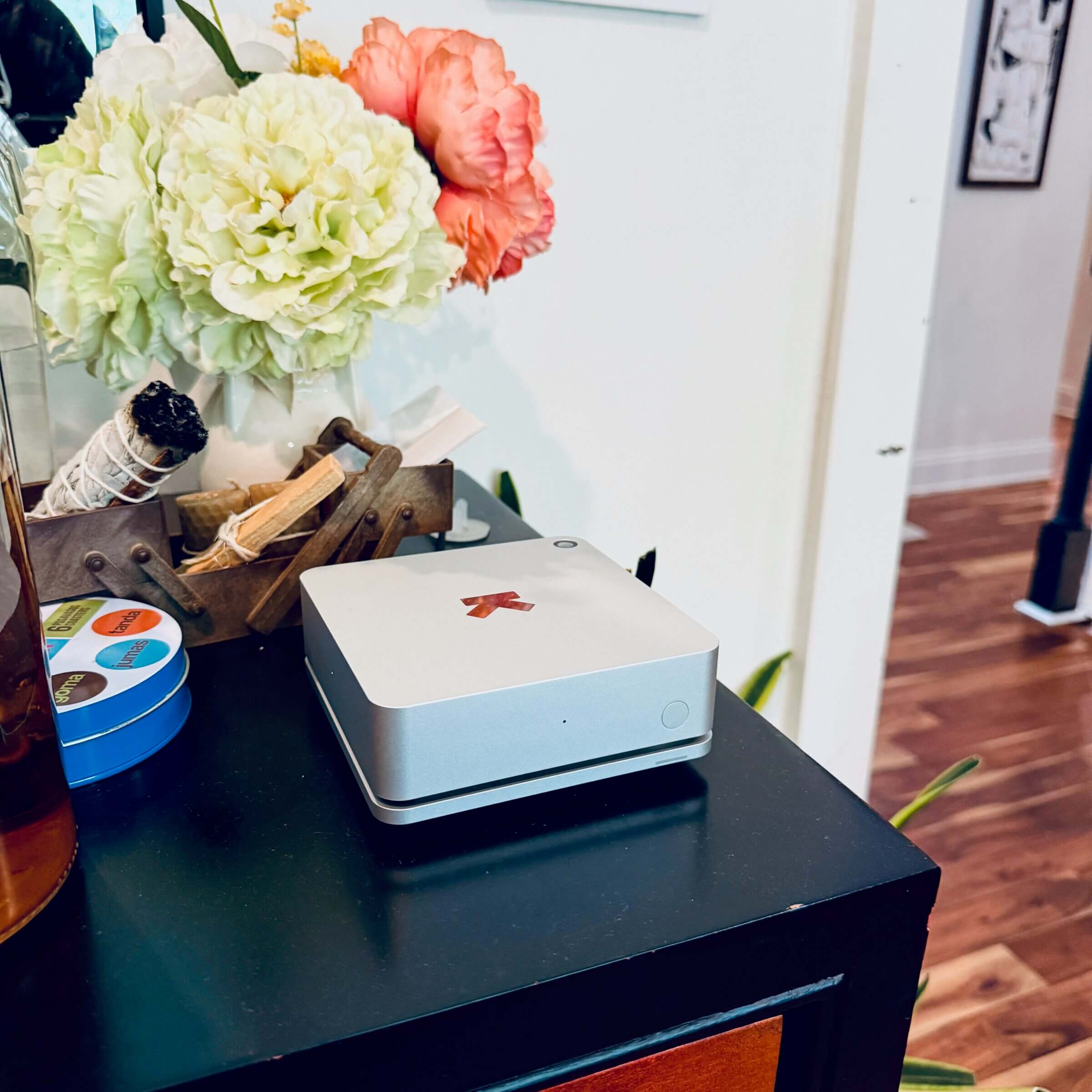
In this article, I’ll explain why common air quality issues can negatively impact your health, as well as how Ultrahuman Home has encouraged us to implement further improvements.
It’s worth pointing out that indoor air quality readings are only part of the picture. Over the past year, Kathy and I have been wearing the Ultrahuman Ring Air to track sleep, activity, HRV, and overnight skin temperature.
Additionally, we recently ran their Blood Vision panel (which tests for over 100 biomarkers) to see how our bodies respond to lifestyle and environmental factors. While we haven’t yet tied specific pollutant spikes to HRV dips or shifts in blood markers, pairing these datasets feels like the next frontier for truly personalized home-health insights.
How Indoor Air Quality Impacts Your Health



Just like tainted water or processed junk food, polluted indoor air can take a real toll on your body.
The problem is that the air inside most homes can easily become contaminated with volatile organic compounds (VOCs), mold spores (or fragments), and ultra-fine particles (30 times smaller than a human hair) that can deeply penetrate lung tissue and enter the bloodstream, triggering an inflammatory immune response.
If your immune system is chronically activated (due to constant exposure to airborne pathogens), you can develop a chronic respiratory or autoimmune condition such as asthma.
Common culprits include:
- Volatile organic compounds (VOCs) off‑gassing from paint, stains, and new furniture.
- Mold spores hiding behind walls or under sinks.
- Dust and pet dander that slips past standard HVAC filters.
- Fine particles (PM1 – PM2.5) from cooking, candles, and combustion appliances.
Most homes rely on HVAC filters that can’t catch VOCs, mold spores, ultra‑fine particles, or the CO₂ surge from cooking — and as the EPA notes, indoor levels of some pollutants are often several times higher than outdoor levels. (Side note, this is an excellent rationale for spending more time outside in nature. But I digress.)
As I mentioned earlier, we recognized the issues associated with less-than-ideal indoor air quality several years ago. Consequently, we installed a HypoAir bipolar ionization appliance to kill pathogens and cause small airborne particles to clump together so that they either fall to the ground or get filtered out by our HVAC filter or Jaspr (instead of being able to travel deep into our lung tissue).
What we didn’t realize until we installed Ultrahuman Home was that even our relatively sophisticated air purification setup couldn’t cope with the amount of pollutants released during cooking.
What Ultrahuman Home Has Taught Us
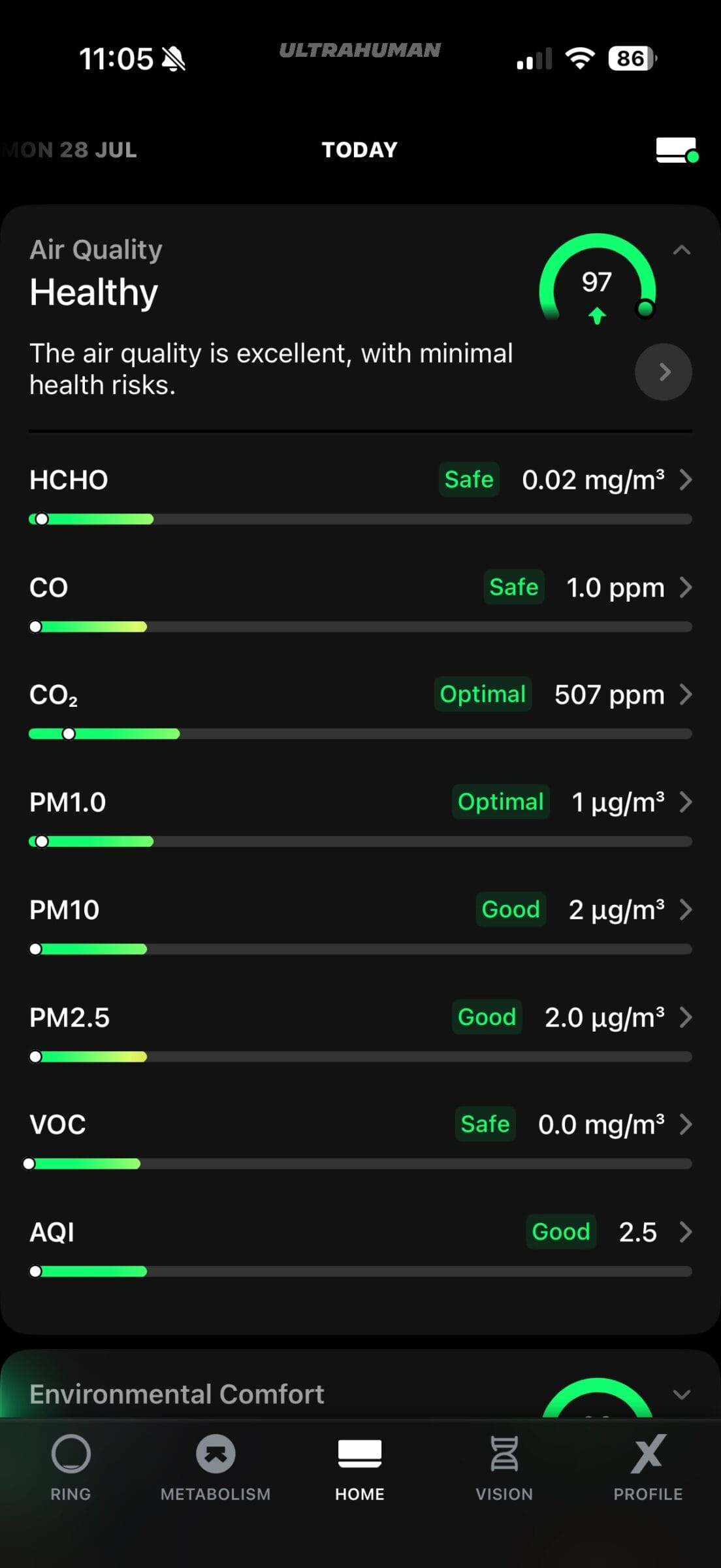
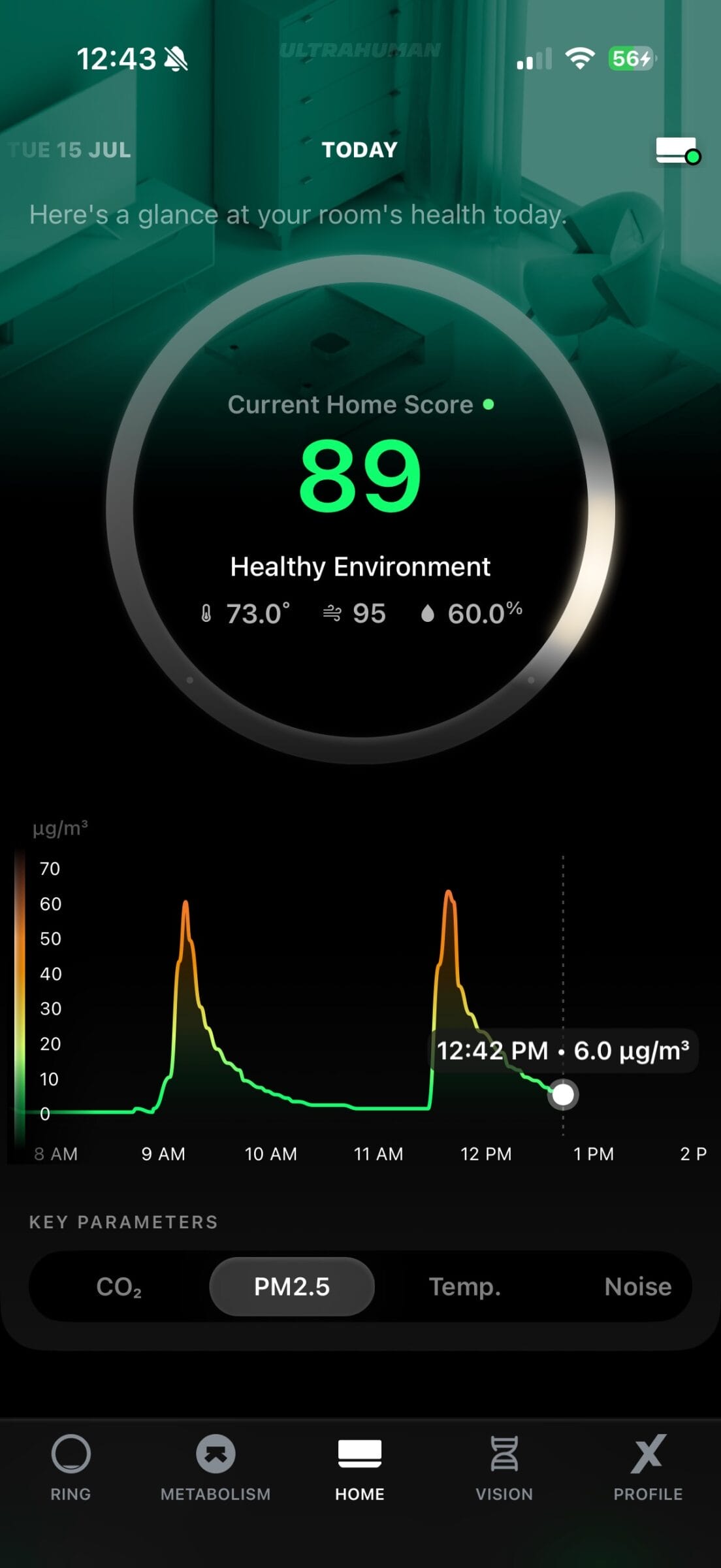
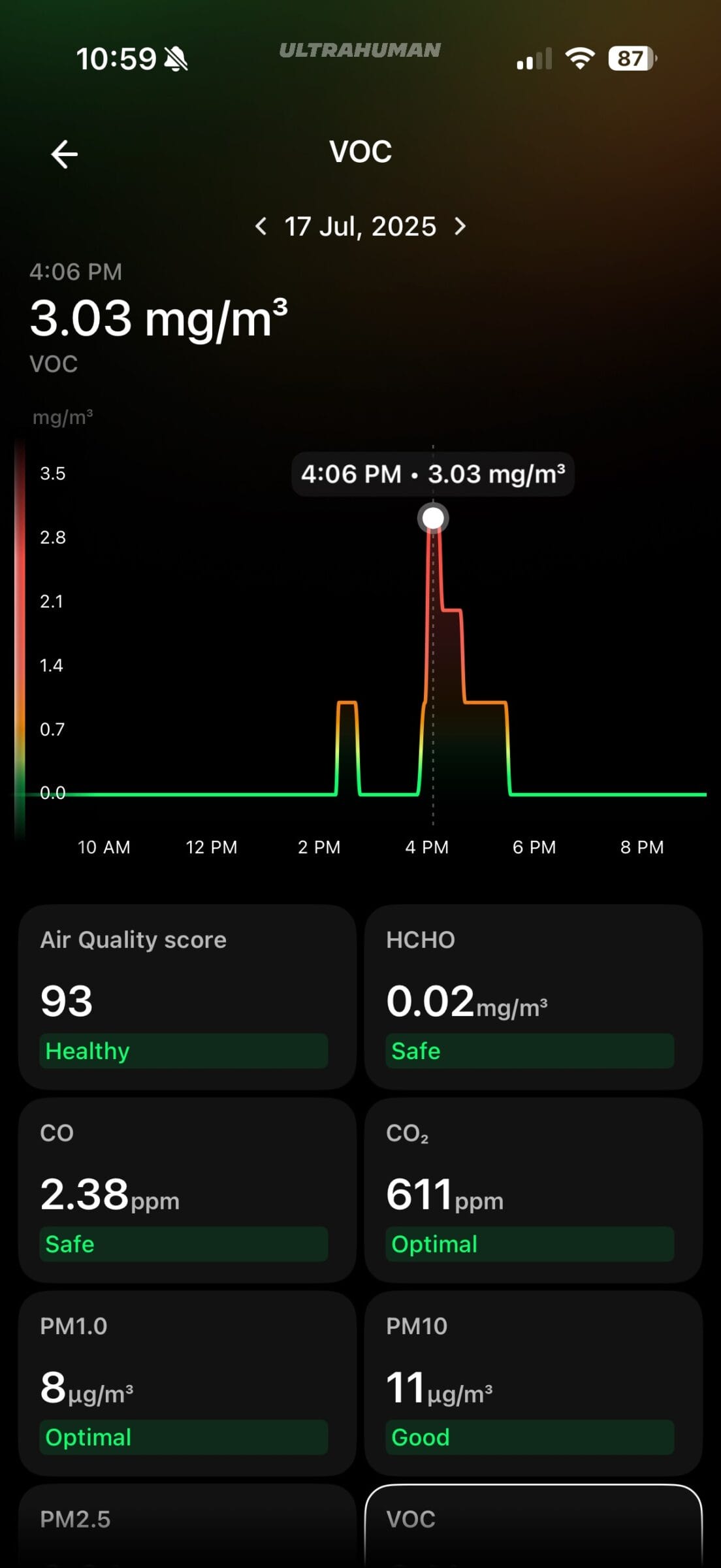
Ultrahuman Home is an inconspicuous, screenless device (resembling a Mac Mini), that passively tracks changes in indoor air quality, temperature, humidity, light, and noise levels to help you improve your health and wellness.
For example, its air quality sensors measure particulate matter in the 1, 2.5, and 10 micron ranges (that’s PM1, PM2.5, PM10 — think of these as particles 1/30th to 1/8th the width of a human hair), as well as carbon monoxide (CO) and carbon dioxide (CO₂).
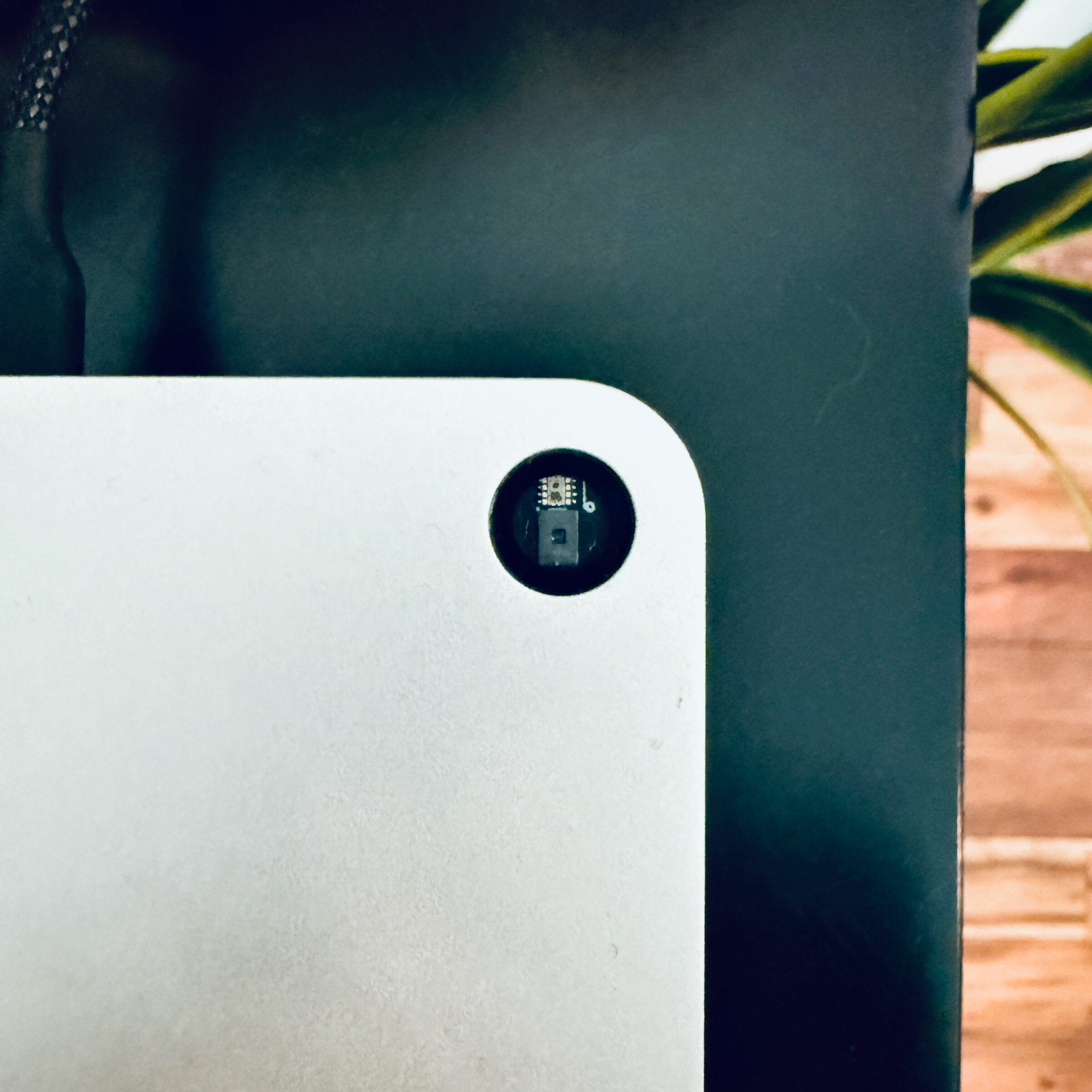
The light sensor measures your exposure to a variety of frequencies, including red, green, blue, infrared, as well as UVA, UVB and UVC, which can impact your energy levels, circadian rhythm, sleep and skin health.
Lastly, Ultrahuman Home also tracks temperature, humidity and noise levels – all of which can impact the comfort of your home and have spillover health effects. Note that as shown in the picture below, you can turn off the microphone and the device’s WiFi connectivity (the latter helps protect against EMF exposure). If you turn off the WiFi, you can still connect to the device via Bluetooth.
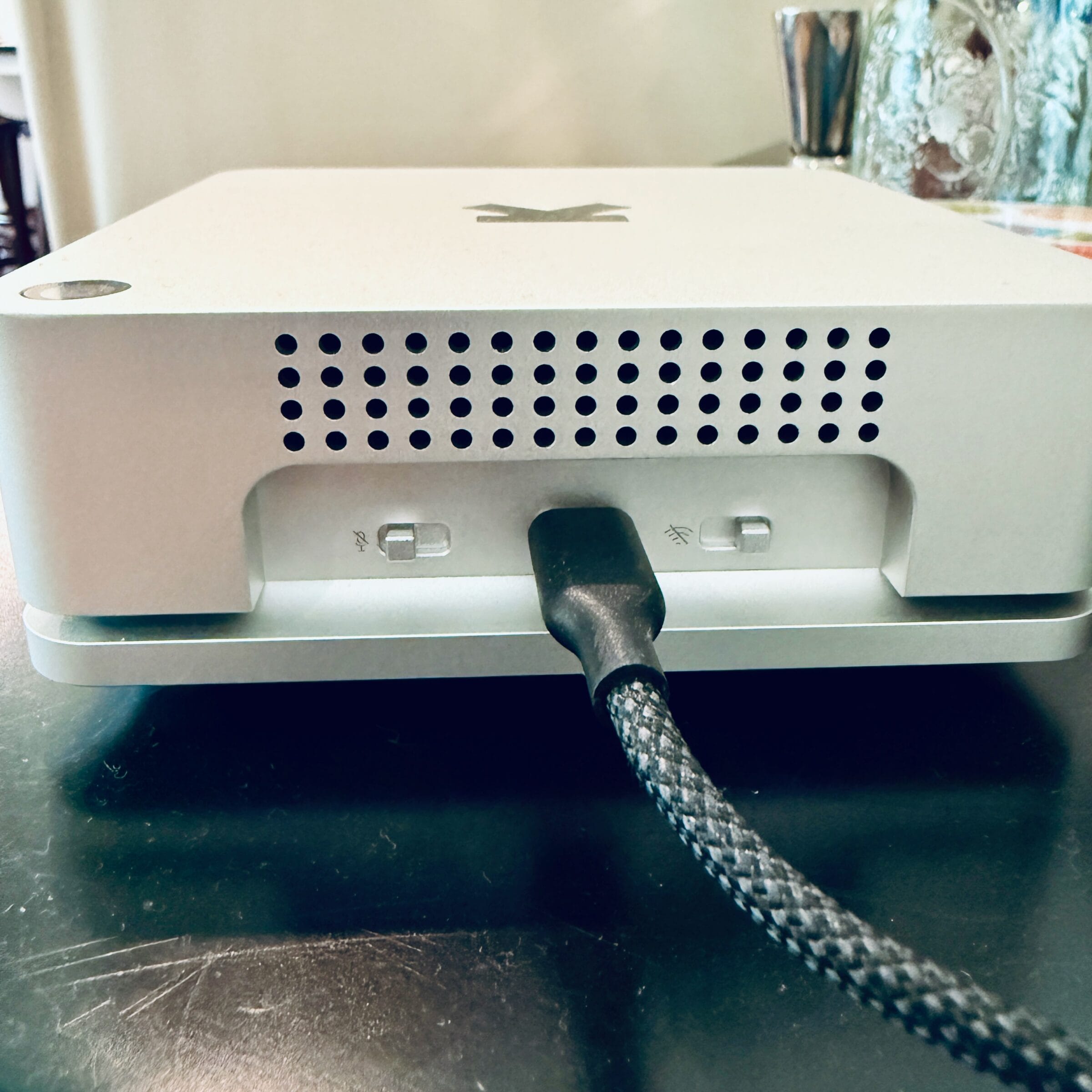
So what did Ultrahuman Home actually uncover? Here’s where I was surprised.
We installed Ultrahuman Home on June 10th and quickly realized that cooking certain foods triggered a noticeable spike in CO, CO₂, VOCs, and particulate matter in the 1-10 micron range.
What’s even more surprising is that we noticed such dramatic spikes even when the (admittedly undersized) exhaust fan in the vent hood and AC were running.
I was also surprised that there was no noticeable difference in the increase of CO, CO₂ and PM2.5 levels whether we used a gas stove or our Brava electric countertop oven.
The only difference between these two appliances was the level of VOCs emitted. Specifically, the gas stove often caused a dramatic (albeit temporary) increase in VOCs, likely caused by the delayed ignition of the flame. In other words, it sometimes takes a few seconds for the burner to ignite, during which time gas escapes into the air.
Additionally, some studies have found that gas stoves also create nitrogen dioxide and leak methane (the latter even when they’re turned off), which can also cause respiratory problems over time. Unfortunately, Ultrahuman Home doesn’t track those gases. If it did, the comparison between gas stoves and electric ovens would likely look much more in favor of the electric appliance.
Despite the temporary spikes in pollutants during cooking, I’m happy to report that the combination of a high-quality (pleated and carbon-activated) HVAC filter, HypoAir’s bipolar ionizer and the Jaspr (air purifier) is doing a decent job at scrubbing the air and allowing for air quality levels to return to their optimal range within a few minutes.
On a side note, I wasn’t sure what to expect from Ultrahuman Home’s light tracking feature. Still, I was excited to learn that we’re doing an excellent job at reducing our exposure to specific frequencies of light that can negatively impact our circadian rhythms and ability to fall asleep quickly.
I’m specifically referring to the exposure to green and blue light in the evening that can disrupt sleep and melatonin production.
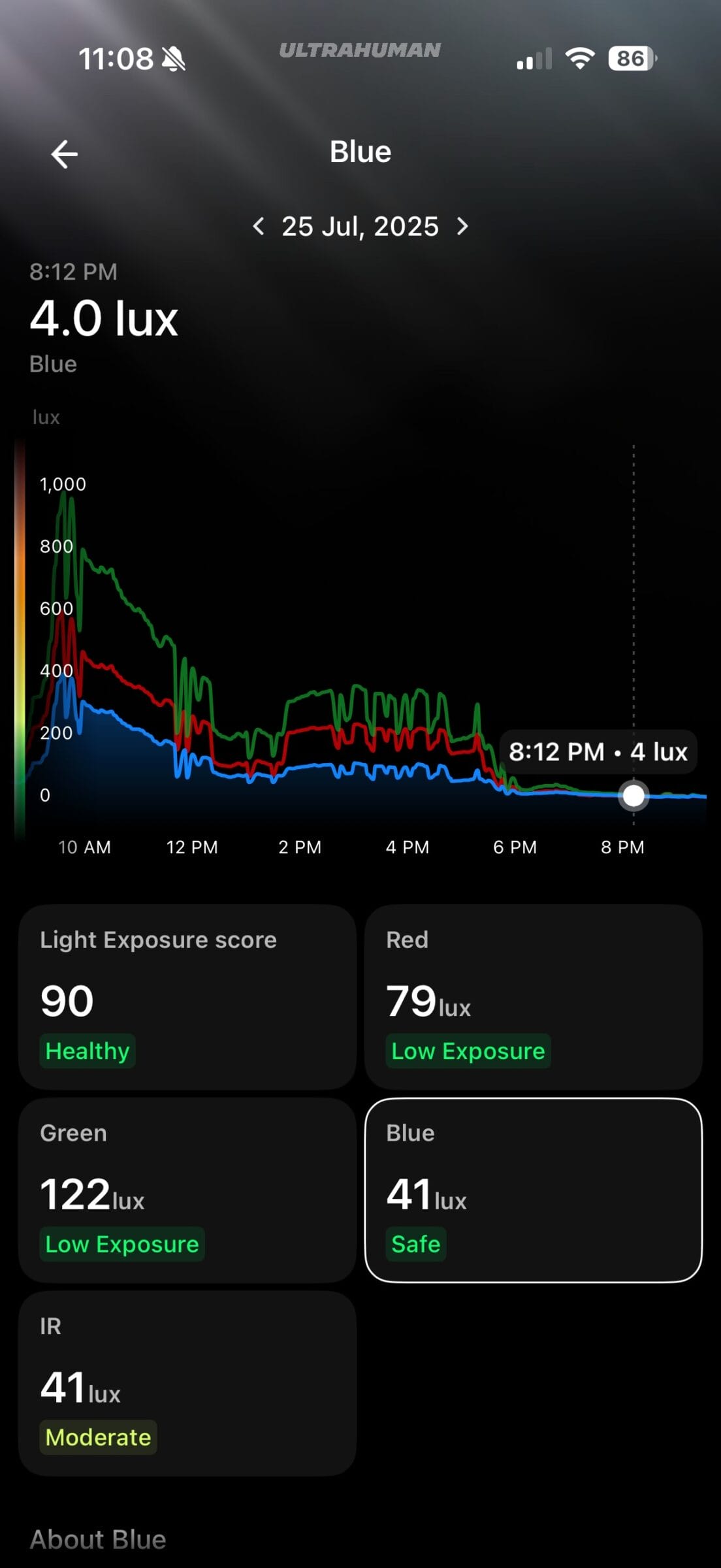
As you can see in the screenshot above, our exposure to sleep-disrupting frequencies of light drops dramatically in the hours leading up to bedtime.
Our Key Takeaways and Next Steps
If you’ve been following our homesteading blog and its channels on Instagram and YouTube, you might remember that we’re in the process of moving to a larger property. As part of that move, we’ll build a new house from the ground up.
By doing so, we’ll have the opportunity to implement improvements that would be more difficult to do in an existing home. Based on what we’ve learned over the past decade and the recent findings exposed by Ultrahuman Home, we’ll implement the following steps to help improve the health of our future home:
- Properly zoned HVAC system to ensure comfortable temperature and humidity levels in the various areas of the home. Currently, we have a single HVAC unit serving both levels of our house. Considering that cold air sinks and warm air rises, there is often a 10-degree temperature difference between the kids’ bedrooms and our main living area.
- Oversized exhaust fan in the kitchen (with a matching fresh air inlet) to allow contaminated kitchen air to be recycled quickly and efficiently.
- Install only electrical appliances to reduce the risk of accidents (e.g., someone accidentally turning a knob by walking by the stove or forgetting to turn it off after cooking) and gas contamination.
- Use only low/no-VOC paint, floors and furniture to reduce off-gassing.
- Install plenty of windows to allow natural sunlight into the house and use circadian-friendly light bulbs that emit less or no blue light at night.
- Cook outside as much as possible and rely less on gadgets to scrub the air inside.
We hope that by implementing these strategies, we’ll make a meaningful difference in our long-term health. Of course, we’ll have Ultrahuman Home along for the ride to monitor our environment in real-time and make adjustments, if necessary.
Ultrahuman Home Review: Summary and Final Verdict

What I like about Ultrahuman is that the company takes a holistic approach to health and wellness. Tracking and improving indoor air quality is yet another crucial aspect that many people tend to overlook.
By combining wearable technology, such as the Ultrahuman Ring Air and the Ultrahuman M1 Live (a continuous glucose monitoring solution), with passive sensors that measure air quality and light exposure, along with detailed blood panels, we gain a much deeper understanding of the various factors that impact our health.
Ultimately, I think Ultrahuman Home is most valuable for people looking to evaluate their current air purification setup, as well as those interested in making investments in improving their indoor air quality.
That’s because while the device is excellent at identifying the pollutants you’re exposed to (as well as what triggers those pollutants), it doesn’t offer any mitigation tools. So it can tell you if your Dyson fan is effectively cleaning your air (probably not), but solving that problem will require buying a more powerful system.
Another potential use case is for identifying “hot spots” where a mitigation strategy could be helpful. For example, you may have already purchased an effective purification unit thinking it will cover a certain area of cubic feet in your home, only to discover that, for whatever reason, it’s falling short of what was promised in the specs.
In our case, Ultrahuman Home confirmed that the significant investments we’ve already made are generally working, while also alerting us to where that system falls short (i.e., during cooking). Because of this, we’re better prepared to build an even more effective system in our new home.

Michael Kummer is a healthy living enthusiast and CrossFit athlete whose goal is to help people achieve optimal health by bridging the gap between ancestral living and the demands of modern society.

